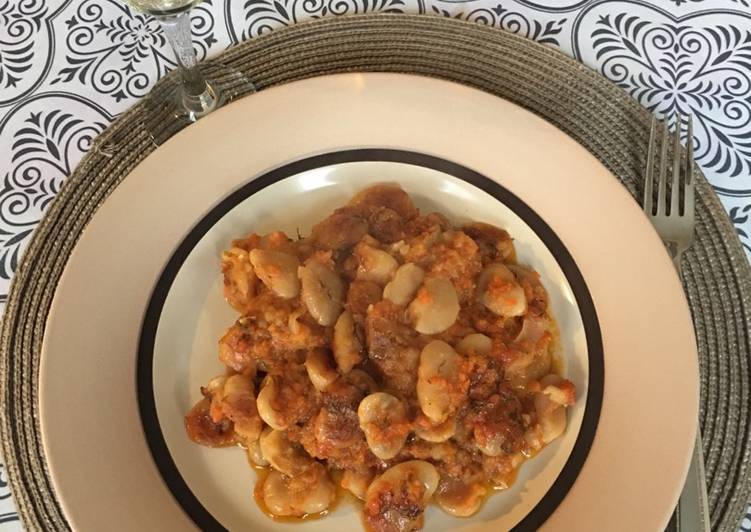
Hello everybody, hope you’re having an incredible day today. Today, we’re going to prepare a special dish, onigiri omusubi - rice ball. One of my favorites. For mine, I am going to make it a bit unique. This will be really delicious.
Onigiri, also known as Japanese rice ball is a great example of how inventive Japanese cuisine can be. It is also a Japanese comfort food made from steamed rice formed into the typical triangular, ball, or cylinder shapes and usually wrapped with nori (dried seaweed). Onigiri and omusubi are rice balls formed into triangles or cylinders, a very common snack in Japan. Learn more about what onigiri and omusubi are, how to eat them, common ingredients, and how to make them yourself to enjoy this very important aspect of Japanese food culture.
Onigiri Omusubi - Rice Ball is one of the most favored of recent trending meals in the world. It’s enjoyed by millions every day. It’s simple, it is quick, it tastes yummy. They’re fine and they look wonderful. Onigiri Omusubi - Rice Ball is something which I’ve loved my entire life.
To get started with this particular recipe, we have to prepare a few components. You can cook onigiri omusubi - rice ball using 5 ingredients and 10 steps. Here is how you cook it.
The ingredients needed to make Onigiri Omusubi - Rice Ball:
- Get 3 cups steamed Japanese rice or Sushi Rice
- Make ready to taste Salt,
- Take Nori Seaweed
- Make ready 1 umeboshi pickled plum
- Take 1 Tbsp grilled salted salmon
And no you cannot use jasmine rice for successful onigiri, the way onigiri are supposed to be! Stuffed with a variety of fillings and flavors, these rice balls make an ideal quick snack and are a fun alternative to sandwiches for lunch. Japanese rice balls, also known as onigiri or omusubi, are a staple of Japanese lunch boxes (bento). They are usually shaped into rounds or triangles by hand, and they're fun to make and eat.
Steps to make Onigiri Omusubi - Rice Ball:
- Place cooked rice in a bowl, sprinkle with salt, and fold gently.
- Place a third of the rice on plastic wrap.
- Form into a triangle or a ball with both your palms, pressing gently and lightly.
- Remove the plastic wrap. Wrap the rice ball with a strip of nori seaweed if you like.
- If you want to put umeboshi in, remove the seed from umeboshi. Place a third of the rice on plastic wrap, then make a dent in the middle of rice, and put the umeboshi in the dent. Form into triangle or a ball with both your palms, pressing lightly. Remove the plastic wrap.
- If you want to mix salmon into the rice, flake some fresh grilled salmon or you can find the jar of salmon flakes at the Japanese grocery store.
- Add salmon into the rice. Place a third of salmon mixed rice on plastic wrap, then form into triangle or a ball with both palms, pressing gently and lightly. Remove the plastic wrap.
- Yum! If it's too difficult to make a triangle omusubi, don't worry. You can make a round one and it's fine!
- Onigiri is good for breakfast, lunch, lunch box and late-night snacks!
- You can decorate it too! Kids will love them!
Japanese rice balls, also known as onigiri or omusubi, are a staple of Japanese lunch boxes (bento). They are usually shaped into rounds or triangles by hand, and they're fun to make and eat. Much like sandwiches in the West, onigiri is readily available in convenience stores across Japan, and it's great. Omusubi is another name for onigiri rice balls; that quintessential Japanese food that is perfect for using in bento boxes, for enjoying as a quick lunch, or for having on the run as a snack. You can use whatever rice seasoning you want, so the flavour possibilities are endless.
So that’s going to wrap it up with this special food onigiri omusubi - rice ball recipe. Thank you very much for reading. I’m confident you will make this at home. There is gonna be interesting food in home recipes coming up. Remember to save this page on your browser, and share it to your family, colleague and friends. Thank you for reading. Go on get cooking!

